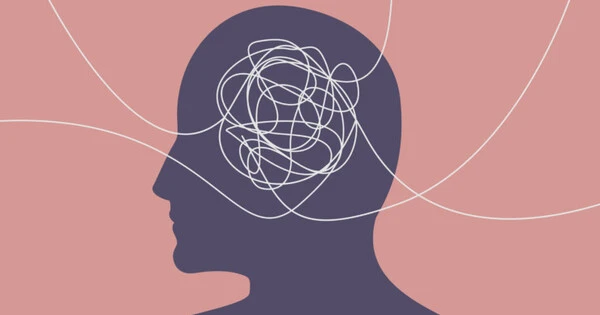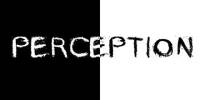Cognitive dissonance is the perception of contradictory information and the mental toll it causes in the field of psychology. Leon Festinger coined the word “psychoanalysis” in the late 1950s. It refers to the discomfort or tension caused by opposing views, attitudes, or behaviours. A person’s actions, thoughts, ideas, beliefs, values, and things in the surroundings are all examples of relevant information. When people encounter cognitive dissonance, they have a strong psychological need to rectify the inconsistency and reestablish internal harmony.
Cognitive dissonance is often felt as psychological discomfort when people engage in an action that contradicts one or more of those things. According to this hypothesis, when two acts or concepts are not psychologically consistent with each other, people will try all in their power to change them until they are. The discomfort is caused by the person’s belief colliding with fresh facts observed, and the individual attempts to resolve the contradiction in order to minimise their suffering.
The theory of cognitive dissonance proposes the following key principles:
- Inconsistent Cognitions: Cognitive dissonance occurs when an individual holds contradictory beliefs, ideas, or attitudes or engages in actions that are inconsistent with their beliefs.
- Psychological Discomfort: When confronted with cognitive dissonance, individuals experience psychological discomfort, anxiety, or unease. This discomfort motivates them to resolve the inconsistency.
- Efforts to Reduce Dissonance: To reduce the dissonance and regain a sense of consistency, individuals may take various steps. These steps can include changing beliefs, justifying or rationalizing their behavior, seeking new information, or avoiding situations that exacerbate the conflict.
- Proportional to Importance: The level of discomfort experienced due to cognitive dissonance is often proportional to the importance of the beliefs or attitudes involved and the degree of inconsistency between them.
Cognitive dissonance has been investigated and demonstrated in a variety of real-world circumstances, such as consumer behaviour, attitude modification, decision-making, and interpersonal interactions. It has a wide range of applications, including marketing and advertising, persuasive communication, and encouraging beneficial behavioural changes.
Numerous experiments have been undertaken to examine cognitive dissonance. Festinger and Carlsmith (1959) conducted a classic experiment in which subjects performed a dull and arduous job and then were asked to lie to another participant by claiming that the task was fun. Those who were paid less for lying had greater cognitive dissonance and were more prone to adjust their thoughts about the work to explain their behaviour.
















